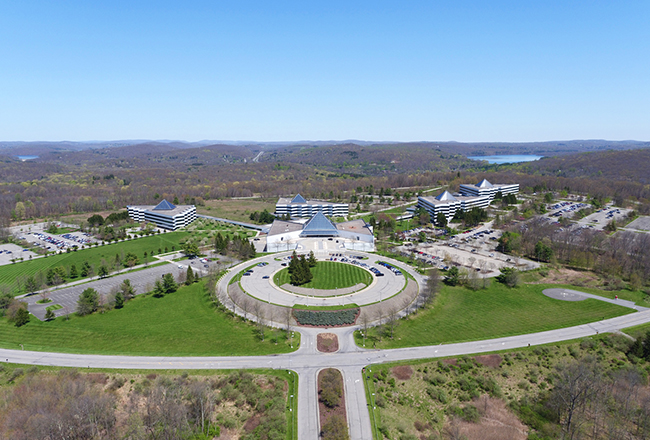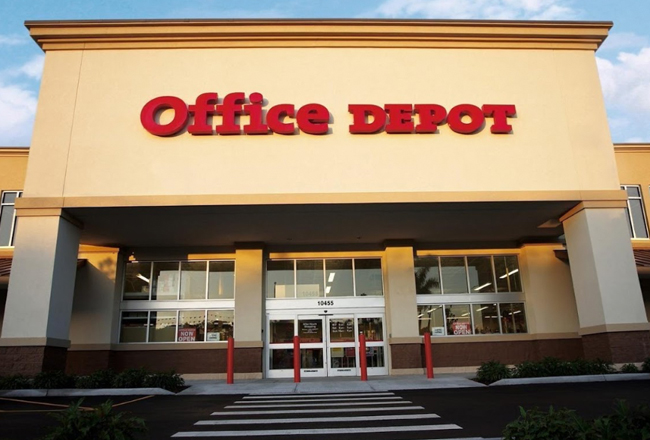Leasing activity in the fourth quarter last year totaled roughly 500,000 square feet, according to a report from Newmark Knight Frank. That marks a 17.3 percent increase from the fourth quarter of 2017 and 16.5 percent jump from the prior quarter.
But Westchester”™s overall yearly leasing, measured by NKF at 2.1 million square feet, decreased 21 percent in 2018 compared to the year before.
NKF”™s report blamed the slower leasing numbers in part on a shortage of large deals. In an average year there should be about 16 deals in Westchester ”” either new leases or renewals ”” greater than 25,000 square feet. For 2018, there were only five such deals, according to NKF.

CBRE Group Inc. reported the 2018 leasing total as the lowest in a decade, marking four straight years of decreased leasing activity.
“As a headline, it could be frightening,” said William Cuddy Jr., CBRE”™s executive vice president in Stamford. But he said those numbers also reflect a change in how much space companies need for their employees. The popular open office concept often requires less square footage than a layout offering more traditional personal offices.
“This is the disconnect. We”™ve added office jobs but have been leasing less space,” Cuddy said. “That”™s because space utilization is so much more efficient.”
Cuddy also pointed to rent growth driven by repurposing of the county”™s older office supply. For 2018, CBRE measured a 2.9 percent increase in rents from 2017 year-end numbers. CBRE anticipates rent growth in the county of about 4 percent in 2019, according to Cuddy.
For the fourth quarter, Westchester also saw its first three-month period with negative net absorption ”” meaning more space went on the market than was leased ”” since 2016. NKF measured a total quarterly absorption of negative 130,576 square feet.
Karolina Alexandre, research manager for NKF, noted that the overall absorption for the year in Westchester was around 160,000 square feet, meaning more space was leased than added to the market in 2018. The negative absorption for the quarter was driven in part by about 100,000 square feet in Valhalla that Verizon is vacating.

The biggest shift in the market”™s availability may be yet to come. About 1.2 million square feet of vacant space could be removed from the market if a proposal to turn the former IBM campus in Somers into a STEM-focused private high school is finalized and receives municipal approvals. CBRE reported that removing that space drops the county”™s availability rate at year-end to 18.4 percent, down 4.6 percent from the end of 2017.
The Somers school would mark the largest office conversion in Westchester”™s history. But the potential deal is part of a trend of office space finding new uses, which has continually shrunk the market. Outdated office buildings have been converted in recent years to gyms, apartments and grocery stores. Many of the conversions are driven by new ownership. CBRE reported that 37 percent of Westchester”™s total office market ”” 10 million square feet ”” has changed hands in the past five years. About a third of that space is slated for repurposing, CBRE said.
Office space is the priciest in the White Plains Central Business District, where Cushman & Wakefield reported average asking rents of $37.15 for Class A space. Asking rents are the lowest in the northern submarket ”” where availability is also highest ”” coming in at $27 on average for Class A space.
 Jim Fagan, Cushman & Wakefield”™s Westchester market leader, said the White Plains office market has been helped by a boom in new apartment buildings within the city. More residents leads to more activity and potentially a more attractive place for employees.
Jim Fagan, Cushman & Wakefield”™s Westchester market leader, said the White Plains office market has been helped by a boom in new apartment buildings within the city. More residents leads to more activity and potentially a more attractive place for employees.
“It used to be that space was just space and the closer to the CEO”™s home the better,” Fagan said. “Now the most important thing for people as they make a decision on office space is, how do we attract and retain our employees?”
One way to do that is locating in a premier downtown space. Another, Fagan noted, is to locate within a building with amenities that add conveniences for employees. That means coffee bars, picnic areas with WiFi and restaurant-style dining.
Landlords used to see little use for investing in gyms or fitness centers, Fagan said, as they were seldom used by employees. “Now you see these marvelous gyms put in and they are filled up during lunch,” he said.
CBRE reported that a third of the office space traded in Westchester in the past five years has received capital improvements from new ownership. “The consequence is also that they can charge more rent,” Cuddy said. “There are buildings in downtown White Plains that in the past 12 months have raised their asking rent $5.”
Westchester”™s largest office sale for 2018 was indicative of both the improvement and repurposing trends. Ginsburg Development Cos. spent $83 million for the Westchester Financial Center buildings at 11 Martine Ave. and 50 Main St. in White Plains last spring. The company is pursuing plans to add amenities and improve parts of the office space at the 570,000-square-foot campus, but it is also planning to convert about 200,000 square feet of office space to 188 rental apartments.
While the major deals did slow in 2018 there were a few notable leases. The year”™s largest office deal was a renewal and expansion by FujiFilm USA. The company signed a lease for 122,119 square feet at 200 Summit Lake Drive in Valhalla.
The largest new lease came from Serendipity Labs, which signed on for 25,000 square feet at the Westchester One building in White Plains. The company plans to open one of its co-working spaces on the building”™s two lower floors.




















